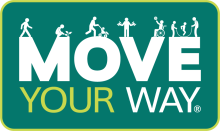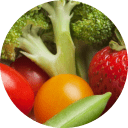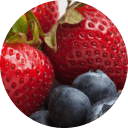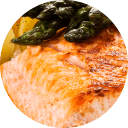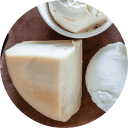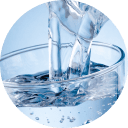

As you age, it’s more important than ever to eat healthy and be active. Doing both can help you manage health problems and prevent new ones — so you can stay active and independent.
Learn how John and Patty are finding creative ways to stay active indoors —and how they eat healthy even when they don’t have fresh fruits and vegetables.
How we move our way
As we’re getting older, being active has become more of a challenge for us. Patty’s doctor recently prescribed a walker for her after she had a fall. But our neighborhood has a lot of hills, and the sidewalks are bumpy and cracked. And since we don’t own a car to drive to the park, getting active outside isn’t the safest option.
So we found new ways to get active together. Our doctor recommended chair exercises, so now we do knee raises or shoulder presses while we’re watching TV at night. And a few mornings a week we take a walk through the halls of our apartment building — sometimes a neighbor even joins us!
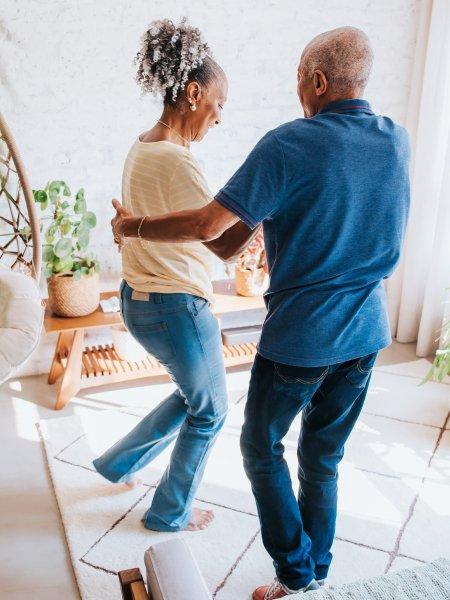
Older adults need a mix of physical activity to stay healthy
Moderate-intensity aerobic activity
Older adults need at least 150 minutes each week of moderate-intensity aerobic activity — anything that gets the heart beating faster. You can break it up over the whole week however you want. All sorts of activities count — even things you do anyway, like walking the dog or vacuuming.
Muscle-strengthening activity
It’s also important to do muscle-strengthening activities 2 days a week, especially as you get older. For example, try lifting light weights or water bottles. Mix in stretches and do activities to improve your balance, like marching in place while you hold on to a chair. Using your muscles in different ways helps keep your body strong and lowers your risk of falling.
If that sounds like too much, start slow and do what you can — when it comes to being active, something is always better than nothing!
How we make every bite count
Eating healthy has always been important to us. We really like trying out recipes with lots of fresh fruits, veggies, and healthy protein foods like fish and beans. But since we rely on family members for rides, we don’t get to shop for fresh foods as often as we’d like.
We’ve learned that we can still make our favorite healthy recipes though —just with slightly different ingredients. We buy frozen fruits and vegetables, which are just as nutritious as fresh options and last for months in the freezer. For protein foods, we buy canned foods like beans and tuna — and we check the Nutrition Facts label to pick options with less salt, sugar, and saturated fat. Plus, canned foods are often cheaper than fresh varieties, which is a nice bonus!

Make every bite count! Older adults need plenty of nutrients but fewer calories, so it’s important to get the most out of your meals. Try following these tips:
